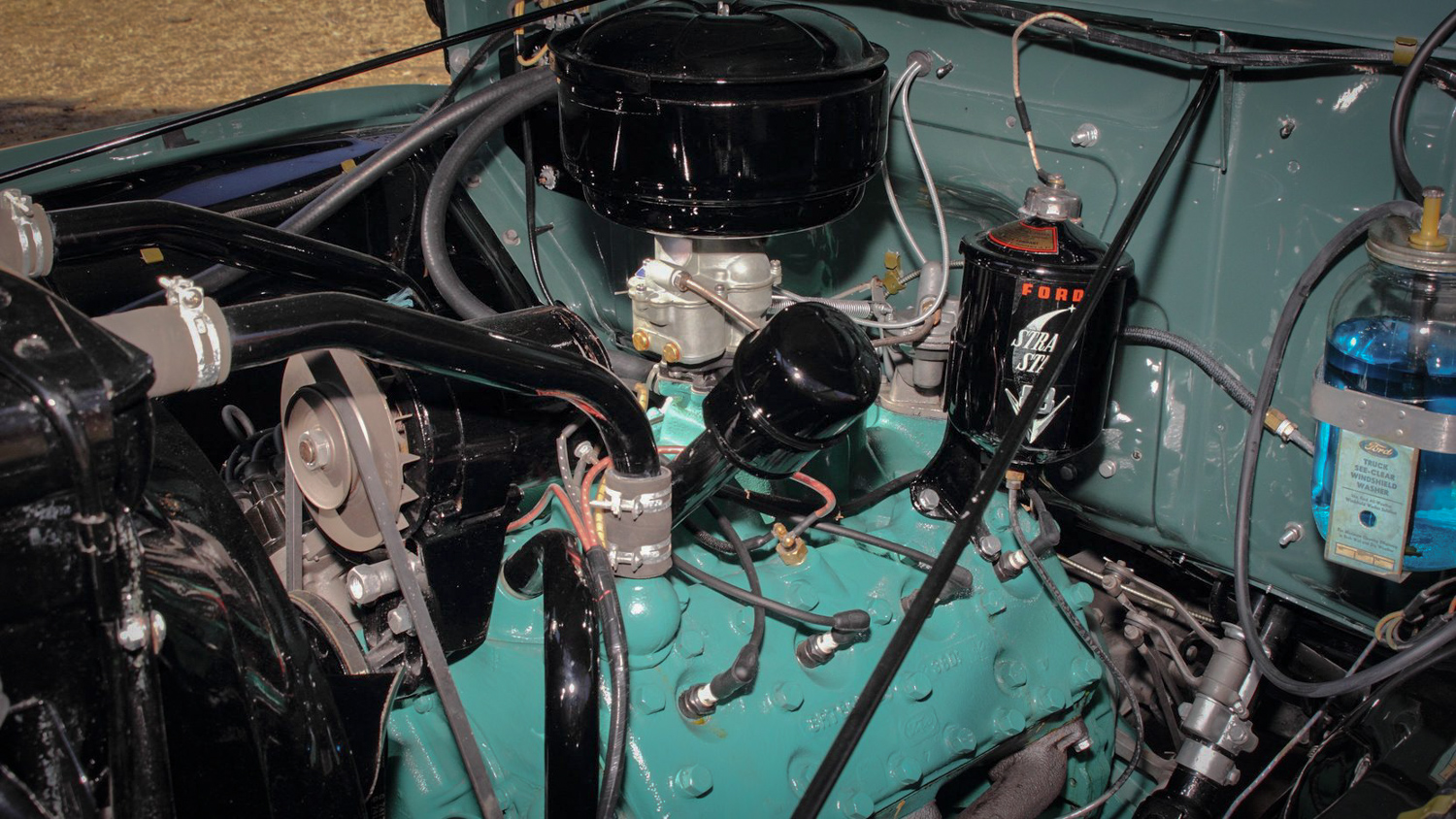Media | Articles
The time is right to buy a 1953–56 Ford F-Series
The Ford F-Series pickup has been America’s best-selling truck since 1977. That is well over half the lifespan of the model, which started in 1948. And with values for the 1953-56 Ford trucks slowly rising, this might be the time to get in on the ground floor.
The F-Series was the first post-war, light-duty truck design that wasn’t based off a car chassis. Although its styling was arguably better, and Ford offered a larger variety of engine choices, GM still managed to outsell the F-1 in those years.
Noticeable improvements arrived in 1953, including more modern lines and an expanded cab. Comfort and usability were the name of the game. The interior was improved with a wider seat, more ergonomic controls, and sound deadening in the doors. The Ford-O-Matic transmission—another first for Ford—was made available for more drivability.


Marketplace
Buy and sell classics with confidence


The first major improvement to the platform came in 1954, when the flathead V-8 was finally retired. In came Ford’s new overhead valve “Y-Block” V-8. While displacement remained the same, the new engine was good for a 24-horsepower increase. Over the succeeding years, minor styling changes were made, as well as increases to displacement and power.
Today, there is little practical difference in value between the early and later trucks. A flathead or Y-Block variant will run you around $50,000 for the best stock examples. Those are difficult to come by, however, as this is a very popular platform for heavy modifications.
We look, in part, to Hagerty’s insurance quote traffic to indicate levels of interest and popularity. While “America’s best-selling truck” remains popular, the Chevrolet “Advance Design” and “Task Force” series trucks from the same time period are pacing ahead. GM pickups from that time are quoted 74 percent more than the Ford F Series, although that gap is shrinking.



The F-Series is most popular among the Boomer generation, but we have observed growing interest from Generation Xers, with quote volume increasing by 6.7 percent over the past year. (Interest from younger generations is a good indicator of future collectibility.) Quoted values have also grown by 4 percent last year as well. In comparison, quotes from Generation X on, similar Chevrolet trucks dropped by 4.7 percent.
Bottom line: the F-Series is showing long-term potential. Increasing interest from younger generations means these trucks should stay popular long after Baby Boomers have exited the market. Increases in quoted value indicate that those who are buying the Fords are placing an ever-higher value on the trucks. This is encouraging to see for the trucks, given the market for 1950s American cars has been soft recently.
If you’ve been thinking about picking up a 1953–56 F-Series pickup, now is the time to do it. While these trucks are not expected to explode overnight, they aren’t getting any cheaper.










